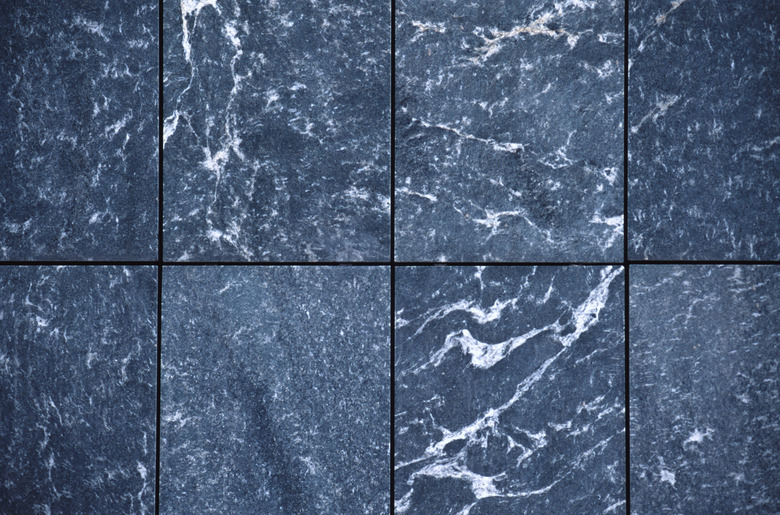How To Tell If Marble Is Fake
Things Needed
-
Magnifying glass
-
Marble surface
-
Nail
-
Vinegar
Tip
Due to the percentage of plastic resin in fake marble, the surfaces are much easier to clean and do not require as much maintenance as real marble.
Warning
Real marble is extremely heavy. Do not try to lift a large slab of real marble by yourself.
One of the finest materials to use in building is marble. It's a natural form of rock from the Earth, so its colors and patterns are unique. A fake marble surface is often as aesthetically pleasing as a real one, but it's important to be able to identify the difference so as not to pay the price of real marble when you're getting a considerably cheaper fake.
Step 1
Find a spot on the surface that is inconspicuous (such as a corner or a place covered by an object). Put a few drops of vinegar on the marble, and wait a moment. Real marble will show some bubbles.
Step 2
In the same discreet spot, lightly scratch the surface with the nail. Looking through the magnifying glass, see how visible the scratches are. Fake marble will not scratch easily.
Step 3
If you have access to the bottom of the surface, look through the magnifying glass for little holes, or dents. Fake marble will show little holes where pockets of air popped from the mixing of plastic resin. Real marble will have natural dents from where it originally came from.
